Google’s Bard and Microsoft’s ChatGPT: An AI War
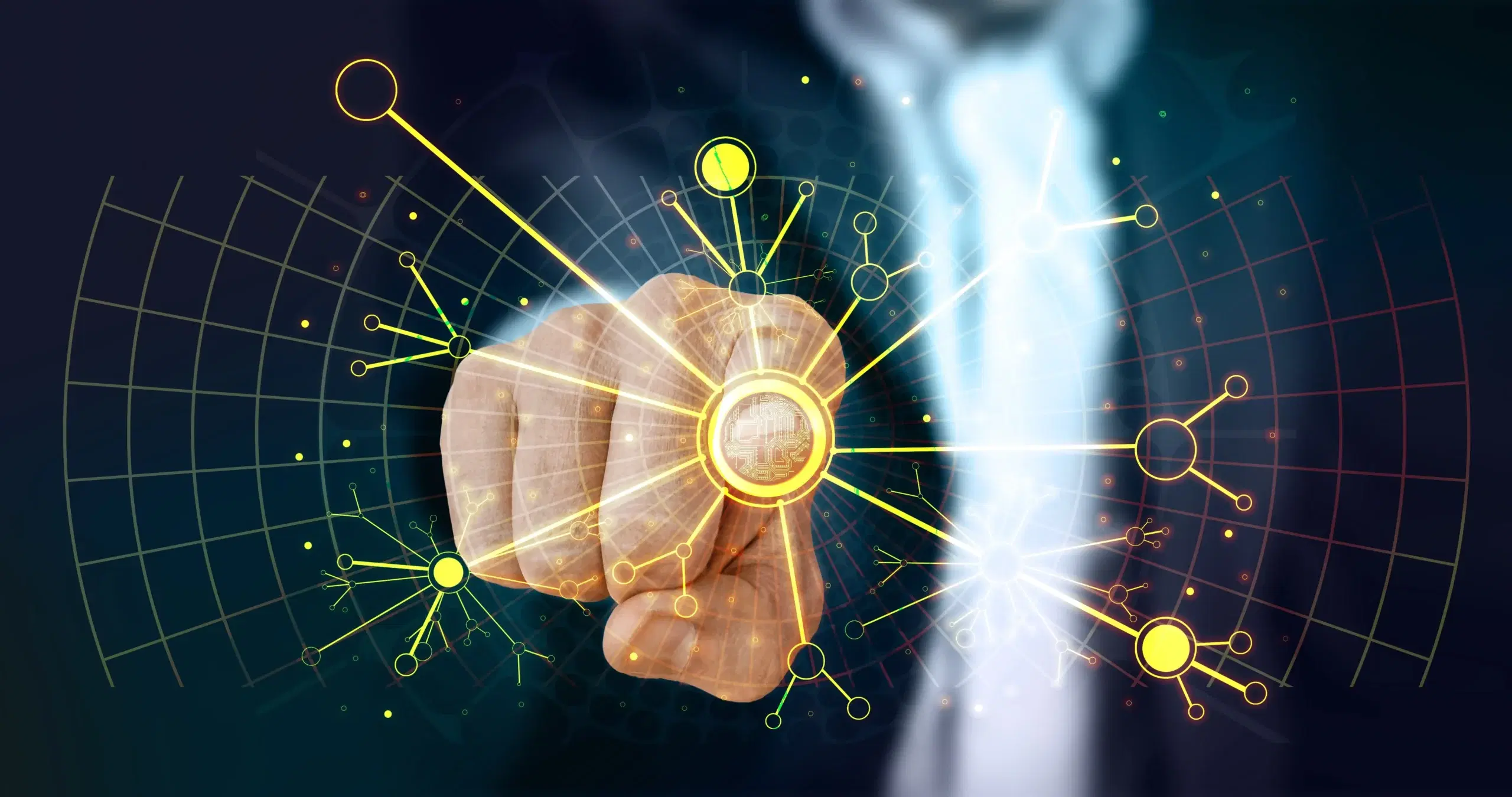

Google’s Bard vs Microsoft’s ChatGPT
The ongoing AI war between Google’s Bard and Microsoft’s ChatGPT has been a hot topic in the technology industry. These two companies are battling to create the most intelligent and versatile language models to understand and process human language. Google’s Bard and Microsoft’s ChatGPT are two of the most powerful language models, and they are at the forefront of the ongoing AI war. These language models have played a crucial role in transforming today’s world. In this article, we’ll dive deeper into the ongoing AI war between Bard and ChatGPT and explore how these language models are used in the real world.
The Battle of the Language Models
Google’s Bard and Microsoft’s ChatGPT are transformer-based language models that use deep learning to process natural language. They are trained on massive amounts of text data and can be fine-tuned to tasks such as text summarization, question-answering, and translation.
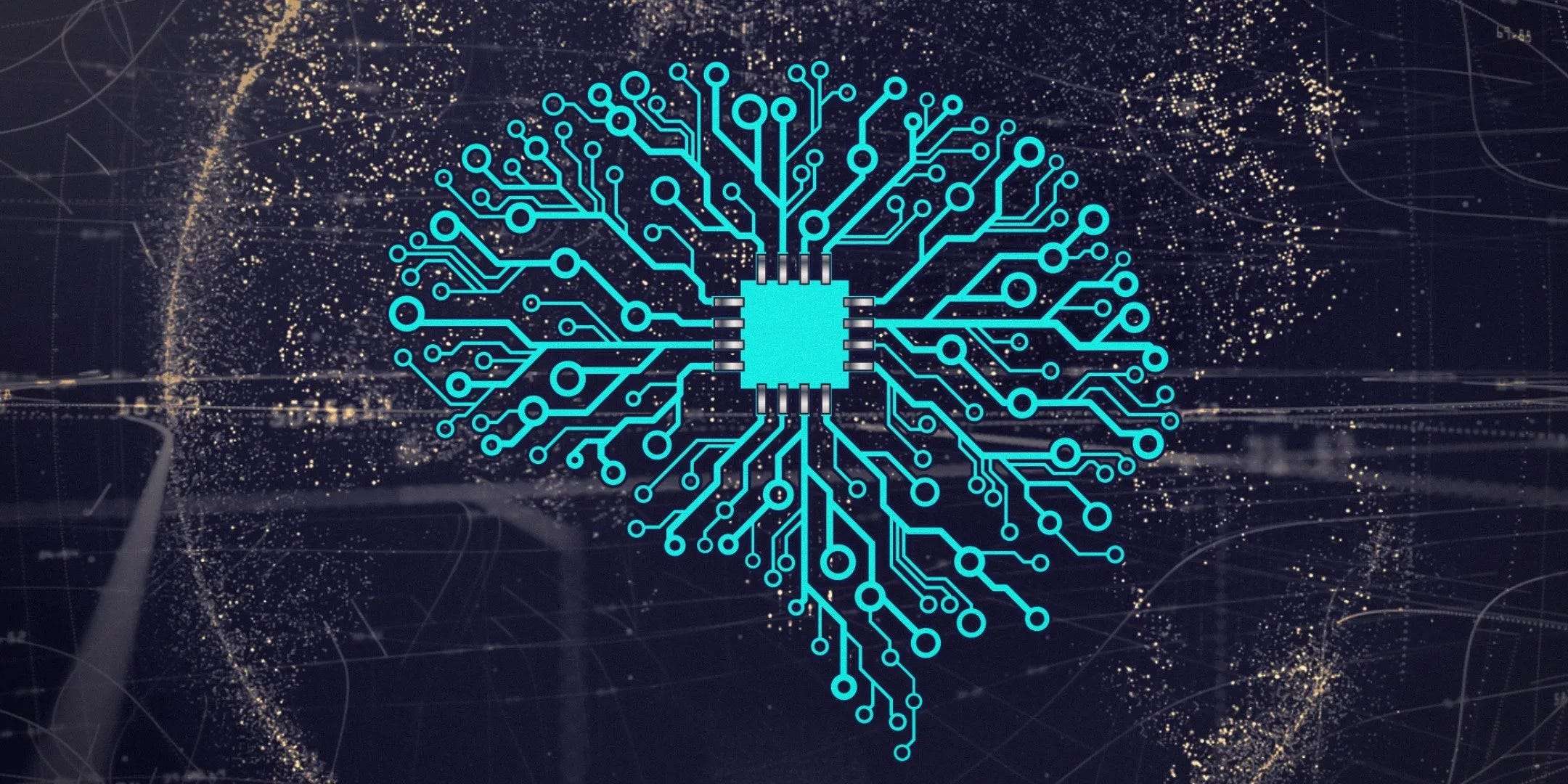
Google’s Bard was introduced in 2020 and was built on top of the GPT-2 architecture. It has since been updated with improvements to the architecture and training techniques. Bard can generate high-quality responses to complex questions, summarize long text passages, and even create original poetry. It has also shown promising results in natural language understanding, a critical aspect of language models.
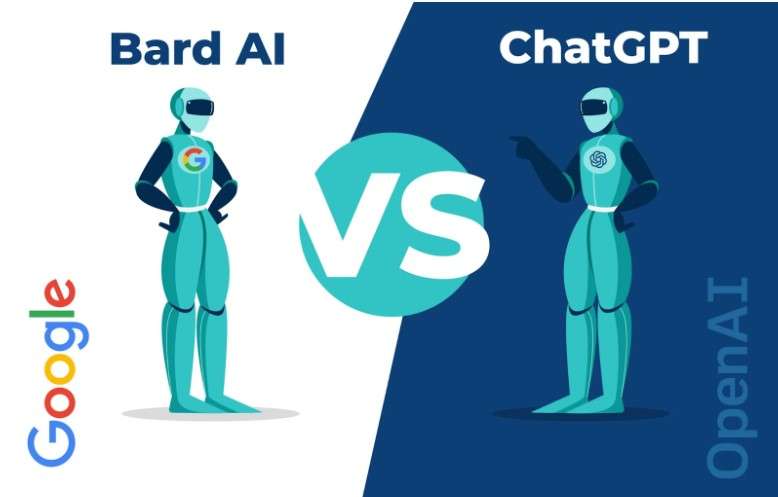
Microsoft’s ChatGPT was also introduced in 2020, and it has since been updated with the release of GPT-3. ChatGPT is designed to be a conversational AI that can understand human-like input and generate responses. It can be used for various tasks, including chatbots, virtual assistants, and language translation. One of the critical advantages of ChatGPT is that it can generate more human-like responses than other language models, which makes it an ideal solution for conversational applications.
Why do Chatbots and Language Learning Models Like Bard and ChatGPT Matter?
Chatbots and language learning models like Bard and ChatGPT matter for several reasons.
They enable better communication between humans and machines. Using Natural Language Processing (NLP) and deep learning, chatbots and language models can process and understand human language, making it easier for people to interact with machines. This can lead to improved customer experiences, more efficient workflows, and increased productivity. Chatbots and language models can potentially transform the education sector. With the rise of e-learning and distance learning, chatbots and language models can provide personalized, interactive learning experiences. For example, language learning models like Bard and ChatGPT can help learners practice their language skills by generating responses to their questions or providing feedback on their writing.
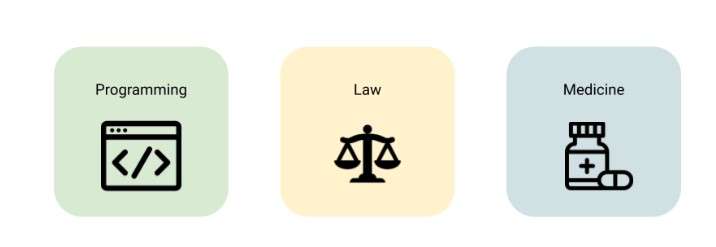
These chatbots are at the forefront of the ongoing AI revolution, which has the potential to transform various industries. As AI technology advances, we expect to see even more innovative chatbots and language model applications.
Chatbots like Bard and ChatGPT matter because they enable better communication between humans and machines, have the potential to transform the education sector, have a wide range of real-world applications, and are at the forefront of the ongoing AI revolution.
Integration Into The Real World Applications
Google Bard and Microsoft ChatGPT are two of the most powerful language models in the tech industry. In this section, we will explore the real-world applications of these language models.
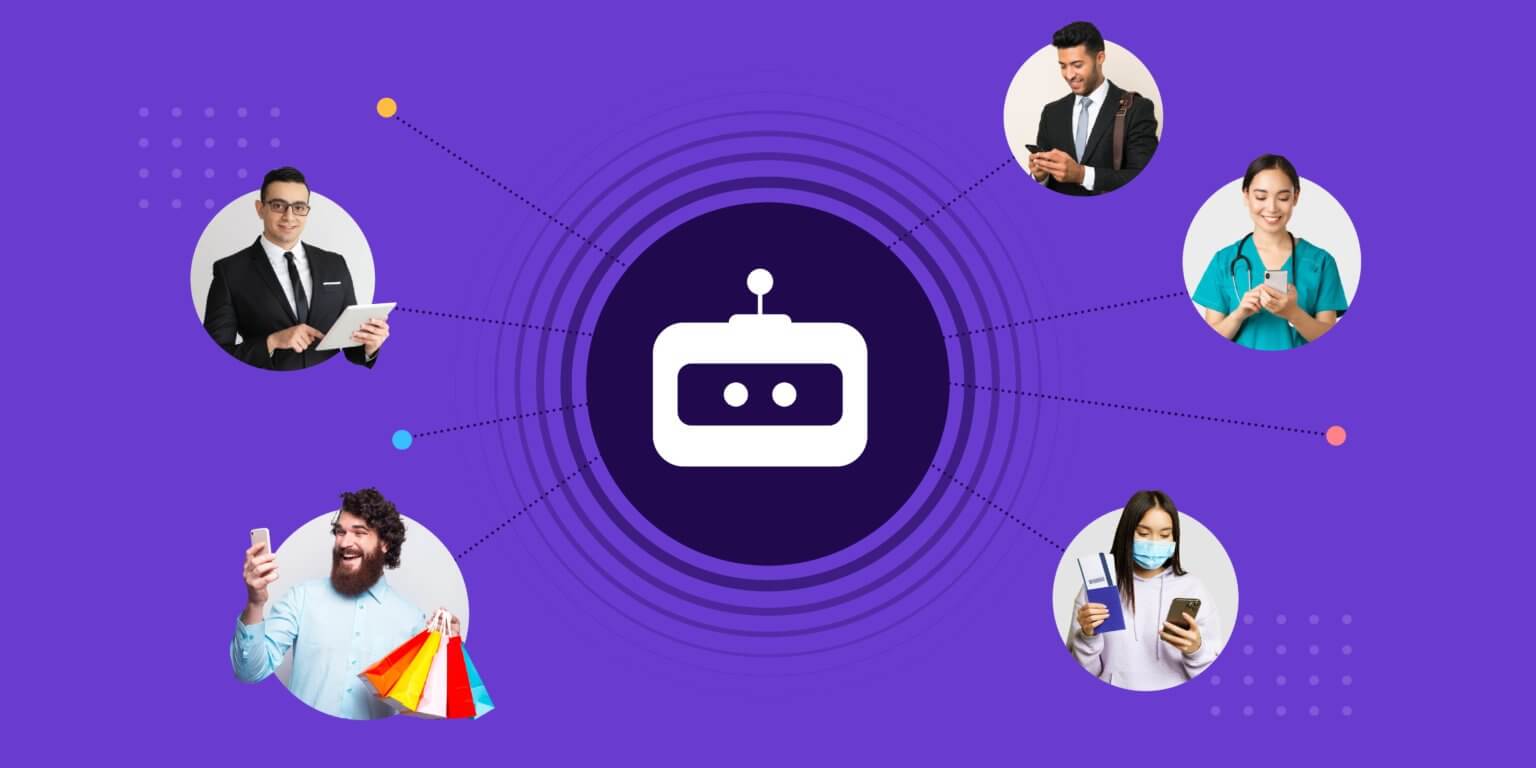
Real-World Applications of Google Bard
Google Bard has been used in a variety of applications, some of which include:
Smart Compose: Google Bard is used to powering the Smart Compose feature in Gmail. Smart Compose can suggest complete sentences to users as they type, which helps to save time and reduce errors.
Poetry Robot: Google Bard has been used to create the Poetry Robot, a project that generates original poetry based on user input. The Poetry Robot has been used in classrooms to teach students about creative writing, and it has also been used to create poetry for art installations.
Translation: Google Bard can be used for machine translation, which can help to break down language barriers in various industries.
Real-World Applications of Microsoft ChatGPT
Microsoft ChatGPT has also been used in a variety of real-world applications, some of which include:
Virtual Assistant: Microsoft ChatGPT has been used to create a virtual assistant for its Teams collaboration platform. The virtual assistant can help users schedule meetings, send messages, and perform other tasks.
Healthcare Chatbot: Microsoft ChatGPT has been used in healthcare to develop a chatbot that can help patients with mental health issues. The chatbot uses natural language processing to understand patients’ concerns and can provide guidance and support.
Customer Service: Microsoft ChatGPT can be used for customer service to understand customer queries and generate appropriate responses.
Google Bard and Microsoft ChatGPT are powerful language models with a wide range of real-world applications. From machine translation to virtual assistants, these language models have the potential to revolutionize various industries. With ongoing advancements in AI technology, we can expect to see even more innovative applications of these language models in the future.
What is the impact on different industries?
Chatbots and language learning models like Bard and ChatGPT have the potential to impact several industries in significant ways. Some of the critical impacts of these technologies are:
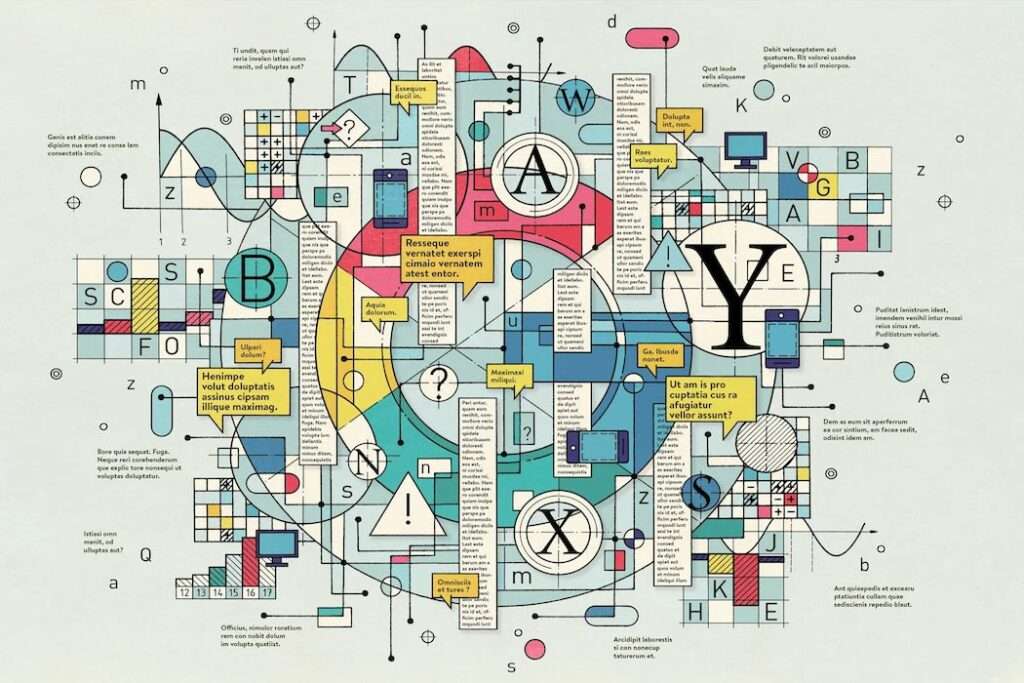
Customer Service: Chatbots have revolutionized the customer service industry by providing 24/7 support and resolving simple queries in real time. As technology improves, chatbots will become even more intelligent and capable of handling complex customer interactions. This will enhance the customer experience and reduce the workload on human customer service agents.
Education: Language learning models like Bard and ChatGPT can significantly enhance the quality of education by providing personalized learning experiences to students. These models can create intelligent tutoring systems that adapt to the student’s learning style and pace. They can also be used to create virtual language tutors that provide instant feedback and guidance to language learners.
Healthcare: Chatbots can be used in the healthcare industry to provide personalized health advice and support to patients. They can be programmed to answer common health-related questions, offer medication reminders, and monitor patients’ health conditions. Language learning models can also help healthcare professionals communicate with patients who speak different languages.
Marketing: Chatbots can be used in the marketing industry to provide potential customers with personalized recommendations and customer support. They can also be used to automate marketing campaigns and improve lead generation.
Finance: Chatbots can be used in the finance industry to provide customers with personalized financial advice and support. They can also be used to automate customer service and improve the efficiency of financial institutions.
Which One Is Better? (Google’s Bard and Microsoft’s ChatGPT comparison)
Google Bard and Microsoft ChatGPT are impressive language models, but which is better?
This section will explore both models’ strengths and weaknesses to determine which is superior.
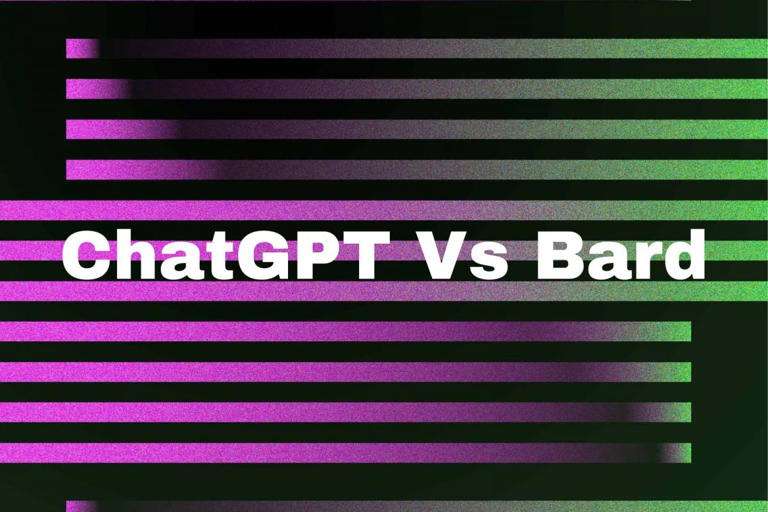
Google Bard
Google Bard is a powerful language model that excels at generating long-form text, such as poetry or stories. It is particularly good at generating creative writing that is engaging and entertaining. Google Bard also has an impressive ability to stay on topic and maintain coherence over extended periods of text.
However, Google Bard has some limitations. It can need help with shorter text inputs and may need to be more effective at generating responses for conversational chatbots. Additionally, it is less robust than Microsoft ChatGPT in terms of accuracy in generating responses to more technical or specialized queries.
Microsoft ChatGPT
Microsoft ChatGPT is explicitly designed for conversational AI applications and excels at generating responses to natural language input. It has a strong understanding of context and can generate relevant and informative responses. Microsoft ChatGPT is also particularly effective in more technical or specialized fields, such as healthcare or finance.
However, Microsoft ChatGPT may need help generating more creative or expressive writing, such as poetry or short stories. Additionally, it may not be as effective as Google Bard in generating longer-form text.
Both Google Bard and Microsoft ChatGPT have unique strengths and weaknesses. Google Bard is best suited for creative writing applications and excels at generating longer-form text. At the same time, Microsoft ChatGPT is designed for conversational AI applications and is particularly effective in more technical or specialized fields. Ultimately, the best choice depends on the specific use case and the application’s needs.
How Will It Look In The Future?
The ongoing AI war between Bard and ChatGPT will likely continue for the foreseeable future. Both companies are investing heavily in their respective language models, and we will see even more advanced versions of Bard and ChatGPT in the coming years.
Google has already announced an update to its language model with the release of LaMDA (Language Model for Dialogue Applications), which can generate more human-like responses and understand more complex information. LaMDA is designed to be more conversational and has shown promising results in early testing. Google is also working on other AI technologies, such as DeepMind, which develops advanced reinforcement learning algorithms.
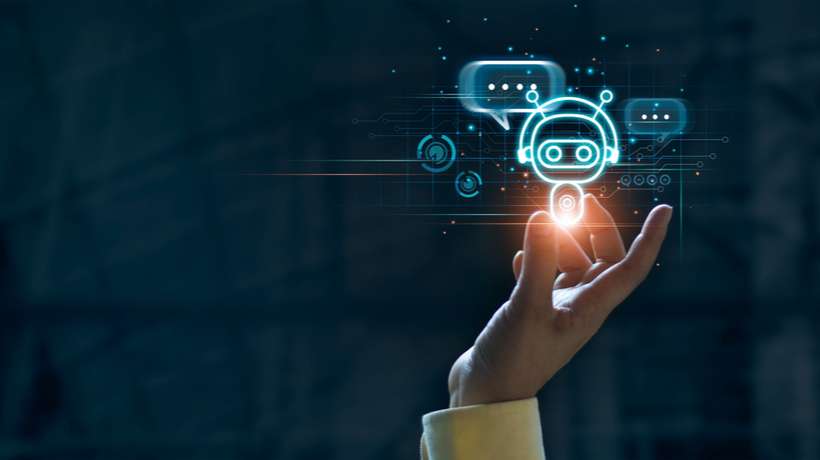
Microsoft has also been investing heavily in AI technologies. It has announced the development of a new language model called GPT-4, which is expected to be even more advanced than GPT-3. Microsoft is also working on other AI technologies, such as quantum computing, which could revolutionize the field of AI.
What Will Be The Results (Goods and Bads)?
The ongoing AI war between Google Bard and Microsoft ChatGPT has led to significant advancements in natural language processing. However, there are both benefits and drawbacks to this intense competition.

Goods
The AI war between Google Bard and Microsoft ChatGPT has resulted in several benefits, including:
Increased innovation: The competition between the two companies has driven rapid innovation in natural language processing, resulting in more advanced and sophisticated language models.
Improved user experiences: The development of more advanced language models has improved user experiences, particularly in chatbots and virtual assistants.
Better decision-making: With more advanced language models, businesses and organizations can make better decisions based on the insights gleaned from natural language data.
Bads
While the AI war between Google Bard and Microsoft ChatGPT has led to significant benefits, there are also some potential drawbacks, including:
Limited interoperability: As Google and Microsoft develop their language models, it can lead to limited interoperability between different AI systems. This can create challenges for businesses and organizations that use multiple systems.
Reduced diversity: The dominance of Google and Microsoft in the language model space can limit the variety of voices and perspectives in natural language processing.
Ethical concerns: As language models become more sophisticated, there are ethical concerns around the potential misuse of these systems, such as for propaganda or surveillance purposes.
The ongoing AI war between Google Bard and Microsoft ChatGPT has led to significant advancements in natural language processing, improving user experiences and decision-making. Moreover, there are potential drawbacks, including limited interoperability, reduced diversity, and ethical concerns. As natural language processing continues to advance, it is essential to consider these potential impacts and ensure that language models are developed and used ethically and responsibly.
Conclusion
The ongoing AI war between Google’s Bard and Microsoft’s ChatGPT has created two of the most powerful language models in the tech industry. Both language models use deep learning to process natural language and can be fine-tuned to tasks such as text summarization, question-answering, and translation. Google’s Bard was built on top of the GPT-2 architecture and has shown promising results in natural language understanding. At the same time, Microsoft’s ChatGPT is designed to be a conversational AI that can generate more human-like responses.
The real-world applications of these language models are vast, including virtual assistants, machine translation, chatbots, and healthcare chatbots. However, these language models have the potential to revolutionize various industries, and ongoing advancements in AI technology are expected to lead to even more innovative applications in the future.
Google Bard and Microsoft ChatGPT have unique strengths and weaknesses. Google Bard is best suited for creative writing applications and excels at generating longer-form text. At the same time, Microsoft ChatGPT is designed for conversational AI applications and is particularly effective in more technical or specialized fields. The choice between the two depends on the specific use case and the application’s needs.
As technology continues to evolve, we can expect further improvements and new applications of language models. The AI war between Google and Microsoft is likely to continue, driving innovation in the field and leading to even more impressive language models that can better understand and process human language.
Tagged
Share This Article
Google’s Bard vs Microsoft’s ChatGPT
The ongoing AI war between Google’s Bard and Microsoft’s ChatGPT has been a hot topic in the technology industry. These two companies are battling to create the most intelligent and versatile language models to understand and process human language. Google’s Bard and Microsoft’s ChatGPT are two of the most powerful language models, and they are at the forefront of the ongoing AI war. These language models have played a crucial role in transforming today’s world. In this article, we’ll dive deeper into the ongoing AI war between Bard and ChatGPT and explore how these language models are used in the real world.
The Battle of the Language Models
Google’s Bard and Microsoft’s ChatGPT are transformer-based language models that use deep learning to process natural language. They are trained on massive amounts of text data and can be fine-tuned to tasks such as text summarization, question-answering, and translation.

Google’s Bard was introduced in 2020 and was built on top of the GPT-2 architecture. It has since been updated with improvements to the architecture and training techniques. Bard can generate high-quality responses to complex questions, summarize long text passages, and even create original poetry. It has also shown promising results in natural language understanding, a critical aspect of language models.

Microsoft’s ChatGPT was also introduced in 2020, and it has since been updated with the release of GPT-3. ChatGPT is designed to be a conversational AI that can understand human-like input and generate responses. It can be used for various tasks, including chatbots, virtual assistants, and language translation. One of the critical advantages of ChatGPT is that it can generate more human-like responses than other language models, which makes it an ideal solution for conversational applications.
Why do Chatbots and Language Learning Models Like Bard and ChatGPT Matter?
Chatbots and language learning models like Bard and ChatGPT matter for several reasons.
They enable better communication between humans and machines. Using Natural Language Processing (NLP) and deep learning, chatbots and language models can process and understand human language, making it easier for people to interact with machines. This can lead to improved customer experiences, more efficient workflows, and increased productivity. Chatbots and language models can potentially transform the education sector. With the rise of e-learning and distance learning, chatbots and language models can provide personalized, interactive learning experiences. For example, language learning models like Bard and ChatGPT can help learners practice their language skills by generating responses to their questions or providing feedback on their writing.

These chatbots are at the forefront of the ongoing AI revolution, which has the potential to transform various industries. As AI technology advances, we expect to see even more innovative chatbots and language model applications.
Chatbots like Bard and ChatGPT matter because they enable better communication between humans and machines, have the potential to transform the education sector, have a wide range of real-world applications, and are at the forefront of the ongoing AI revolution.
Integration Into The Real World Applications
Google Bard and Microsoft ChatGPT are two of the most powerful language models in the tech industry. In this section, we will explore the real-world applications of these language models.

Real-World Applications of Google Bard
Google Bard has been used in a variety of applications, some of which include:
Smart Compose: Google Bard is used to powering the Smart Compose feature in Gmail. Smart Compose can suggest complete sentences to users as they type, which helps to save time and reduce errors.
Poetry Robot: Google Bard has been used to create the Poetry Robot, a project that generates original poetry based on user input. The Poetry Robot has been used in classrooms to teach students about creative writing, and it has also been used to create poetry for art installations.
Translation: Google Bard can be used for machine translation, which can help to break down language barriers in various industries.
Real-World Applications of Microsoft ChatGPT
Microsoft ChatGPT has also been used in a variety of real-world applications, some of which include:
Virtual Assistant: Microsoft ChatGPT has been used to create a virtual assistant for its Teams collaboration platform. The virtual assistant can help users schedule meetings, send messages, and perform other tasks.
Healthcare Chatbot: Microsoft ChatGPT has been used in healthcare to develop a chatbot that can help patients with mental health issues. The chatbot uses natural language processing to understand patients’ concerns and can provide guidance and support.
Customer Service: Microsoft ChatGPT can be used for customer service to understand customer queries and generate appropriate responses.
Google Bard and Microsoft ChatGPT are powerful language models with a wide range of real-world applications. From machine translation to virtual assistants, these language models have the potential to revolutionize various industries. With ongoing advancements in AI technology, we can expect to see even more innovative applications of these language models in the future.
What is the impact on different industries?
Chatbots and language learning models like Bard and ChatGPT have the potential to impact several industries in significant ways. Some of the critical impacts of these technologies are:

Customer Service: Chatbots have revolutionized the customer service industry by providing 24/7 support and resolving simple queries in real time. As technology improves, chatbots will become even more intelligent and capable of handling complex customer interactions. This will enhance the customer experience and reduce the workload on human customer service agents.
Education: Language learning models like Bard and ChatGPT can significantly enhance the quality of education by providing personalized learning experiences to students. These models can create intelligent tutoring systems that adapt to the student’s learning style and pace. They can also be used to create virtual language tutors that provide instant feedback and guidance to language learners.
Healthcare: Chatbots can be used in the healthcare industry to provide personalized health advice and support to patients. They can be programmed to answer common health-related questions, offer medication reminders, and monitor patients’ health conditions. Language learning models can also help healthcare professionals communicate with patients who speak different languages.
Marketing: Chatbots can be used in the marketing industry to provide potential customers with personalized recommendations and customer support. They can also be used to automate marketing campaigns and improve lead generation.
Finance: Chatbots can be used in the finance industry to provide customers with personalized financial advice and support. They can also be used to automate customer service and improve the efficiency of financial institutions.
Which One Is Better? (Google’s Bard and Microsoft’s ChatGPT comparison)
Google Bard and Microsoft ChatGPT are impressive language models, but which is better?
This section will explore both models’ strengths and weaknesses to determine which is superior.

Google Bard
Google Bard is a powerful language model that excels at generating long-form text, such as poetry or stories. It is particularly good at generating creative writing that is engaging and entertaining. Google Bard also has an impressive ability to stay on topic and maintain coherence over extended periods of text.
However, Google Bard has some limitations. It can need help with shorter text inputs and may need to be more effective at generating responses for conversational chatbots. Additionally, it is less robust than Microsoft ChatGPT in terms of accuracy in generating responses to more technical or specialized queries.
Microsoft ChatGPT
Microsoft ChatGPT is explicitly designed for conversational AI applications and excels at generating responses to natural language input. It has a strong understanding of context and can generate relevant and informative responses. Microsoft ChatGPT is also particularly effective in more technical or specialized fields, such as healthcare or finance.
However, Microsoft ChatGPT may need help generating more creative or expressive writing, such as poetry or short stories. Additionally, it may not be as effective as Google Bard in generating longer-form text.
Both Google Bard and Microsoft ChatGPT have unique strengths and weaknesses. Google Bard is best suited for creative writing applications and excels at generating longer-form text. At the same time, Microsoft ChatGPT is designed for conversational AI applications and is particularly effective in more technical or specialized fields. Ultimately, the best choice depends on the specific use case and the application’s needs.
How Will It Look In The Future?
The ongoing AI war between Bard and ChatGPT will likely continue for the foreseeable future. Both companies are investing heavily in their respective language models, and we will see even more advanced versions of Bard and ChatGPT in the coming years.
Google has already announced an update to its language model with the release of LaMDA (Language Model for Dialogue Applications), which can generate more human-like responses and understand more complex information. LaMDA is designed to be more conversational and has shown promising results in early testing. Google is also working on other AI technologies, such as DeepMind, which develops advanced reinforcement learning algorithms.

Microsoft has also been investing heavily in AI technologies. It has announced the development of a new language model called GPT-4, which is expected to be even more advanced than GPT-3. Microsoft is also working on other AI technologies, such as quantum computing, which could revolutionize the field of AI.
What Will Be The Results (Goods and Bads)?
The ongoing AI war between Google Bard and Microsoft ChatGPT has led to significant advancements in natural language processing. However, there are both benefits and drawbacks to this intense competition.

Goods
The AI war between Google Bard and Microsoft ChatGPT has resulted in several benefits, including:
Increased innovation: The competition between the two companies has driven rapid innovation in natural language processing, resulting in more advanced and sophisticated language models.
Improved user experiences: The development of more advanced language models has improved user experiences, particularly in chatbots and virtual assistants.
Better decision-making: With more advanced language models, businesses and organizations can make better decisions based on the insights gleaned from natural language data.
Bads
While the AI war between Google Bard and Microsoft ChatGPT has led to significant benefits, there are also some potential drawbacks, including:
Limited interoperability: As Google and Microsoft develop their language models, it can lead to limited interoperability between different AI systems. This can create challenges for businesses and organizations that use multiple systems.
Reduced diversity: The dominance of Google and Microsoft in the language model space can limit the variety of voices and perspectives in natural language processing.
Ethical concerns: As language models become more sophisticated, there are ethical concerns around the potential misuse of these systems, such as for propaganda or surveillance purposes.
The ongoing AI war between Google Bard and Microsoft ChatGPT has led to significant advancements in natural language processing, improving user experiences and decision-making. Moreover, there are potential drawbacks, including limited interoperability, reduced diversity, and ethical concerns. As natural language processing continues to advance, it is essential to consider these potential impacts and ensure that language models are developed and used ethically and responsibly.
Conclusion
The ongoing AI war between Google’s Bard and Microsoft’s ChatGPT has created two of the most powerful language models in the tech industry. Both language models use deep learning to process natural language and can be fine-tuned to tasks such as text summarization, question-answering, and translation. Google’s Bard was built on top of the GPT-2 architecture and has shown promising results in natural language understanding. At the same time, Microsoft’s ChatGPT is designed to be a conversational AI that can generate more human-like responses.
The real-world applications of these language models are vast, including virtual assistants, machine translation, chatbots, and healthcare chatbots. However, these language models have the potential to revolutionize various industries, and ongoing advancements in AI technology are expected to lead to even more innovative applications in the future.
Google Bard and Microsoft ChatGPT have unique strengths and weaknesses. Google Bard is best suited for creative writing applications and excels at generating longer-form text. At the same time, Microsoft ChatGPT is designed for conversational AI applications and is particularly effective in more technical or specialized fields. The choice between the two depends on the specific use case and the application’s needs.
As technology continues to evolve, we can expect further improvements and new applications of language models. The AI war between Google and Microsoft is likely to continue, driving innovation in the field and leading to even more impressive language models that can better understand and process human language.




